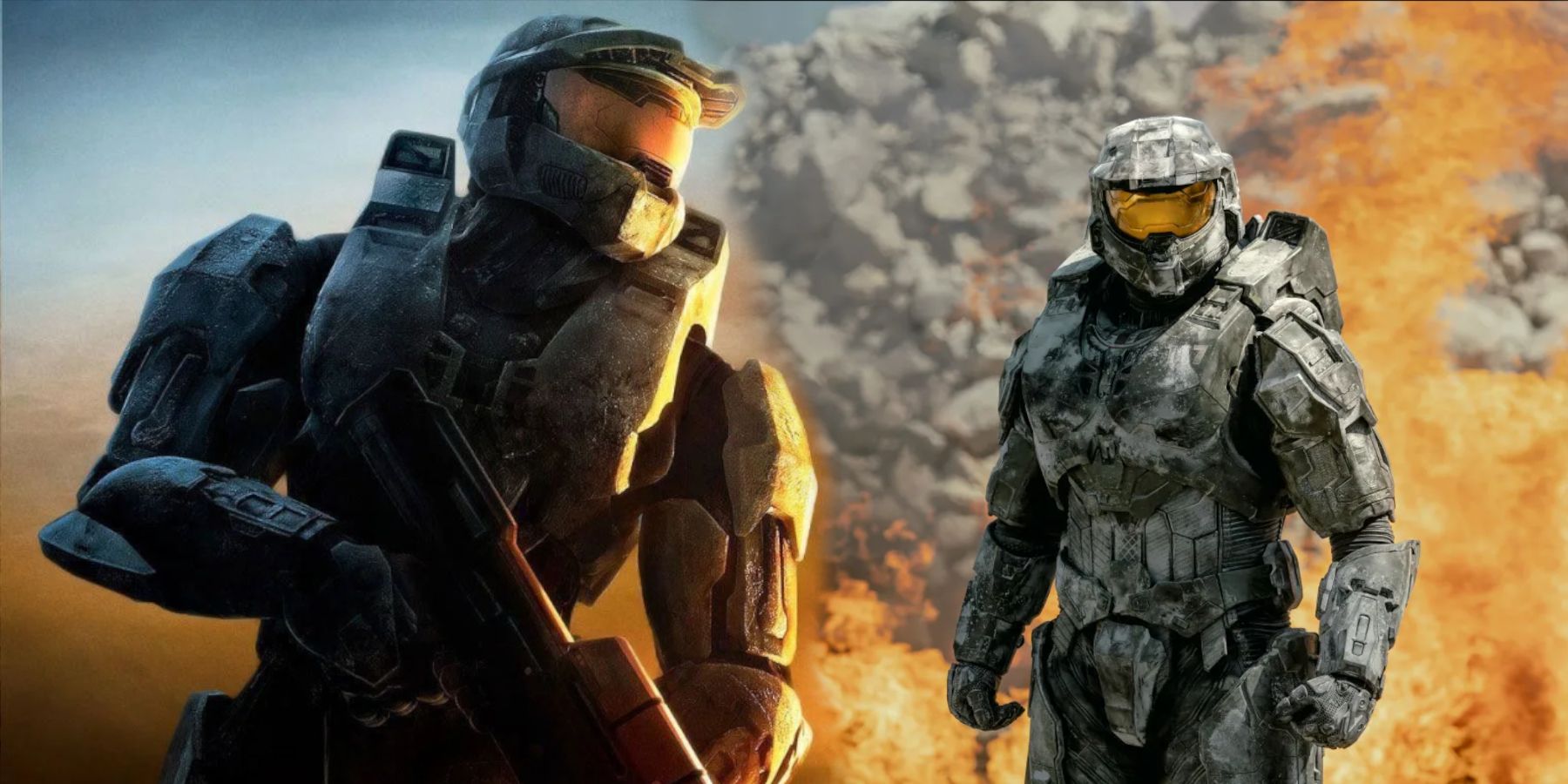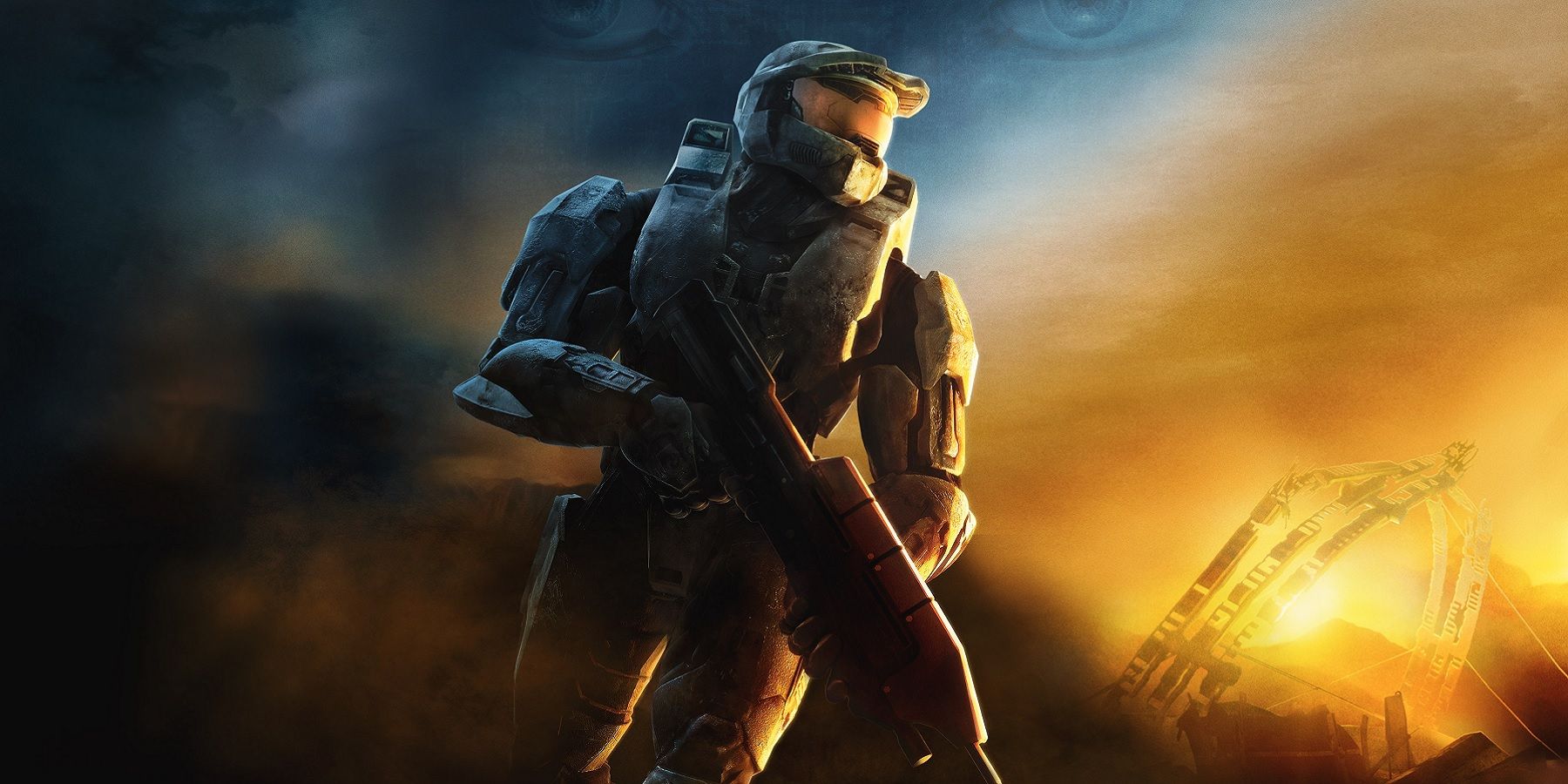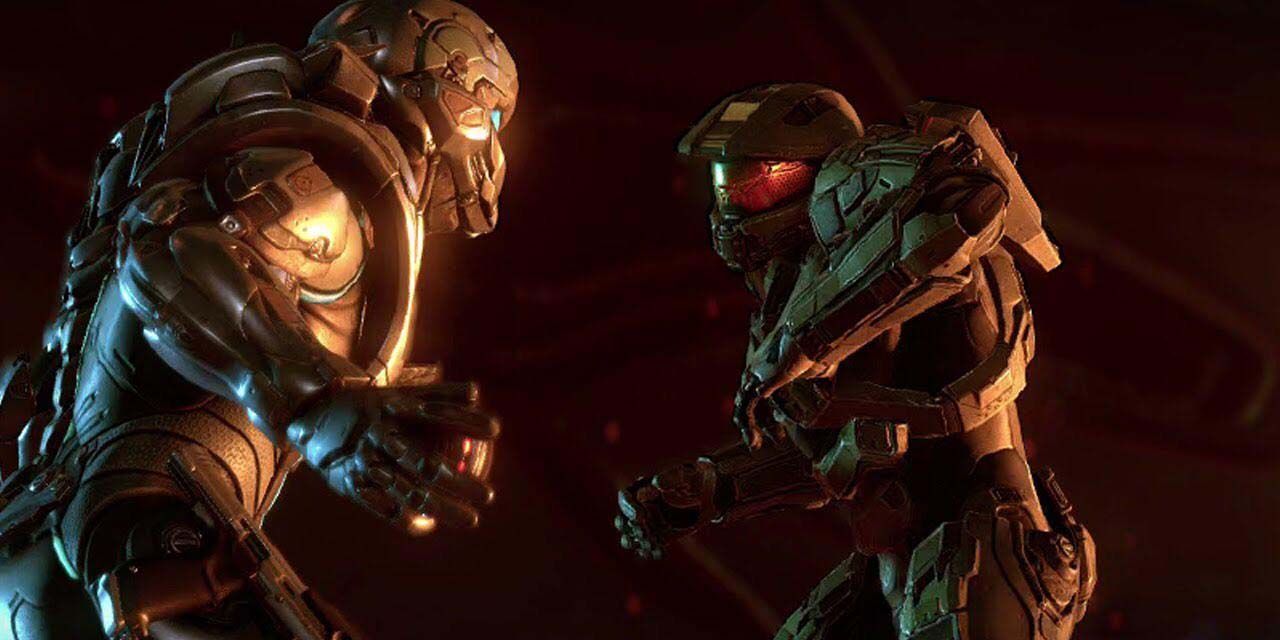After years of development hell, the Halo television series finally premiered last week on Paramount Plus. Its reception, however, has been lukewarm; with some praising the series for its polished production, and many others criticizing its unoriginal approach. Critics have more specifically written that the series is derivative of other more recognizable sci-fi shows. For a series as iconic as Halo, many fans are disappointed to see such a mediocre adaptation. The problem at its core may just be Master Chief, though.
The first Halo game was released in 2001. Since then, the series has seen a wide variety of multimedia adaptations. There are over 30 Halo books, for instance, in addition to the games, comics, and toys released under Halo branding. In most of these adaptations, Master Chief is front and center. The more successful stories outside of the trilogy, however, focus on other aspects of the Halo universe.
The Original Master Chief
To understand why a Halo adaptation is better off without Master Chief, it's important to revisit what the original developers of Halo had to say about him. During interviews with Bungie's staff, Joseph Staten (Halo's writing director, now head of creative) said Master Chief "is a husk, he is a big green suit of armor that you move around."
The creators of Halo intentionally left Master Chief as a "blank slate" because they believed it would be easier for players to connect with him and imagine themselves in his armor. It may seem like a cop-out, but Bungie didn't hesitate to flesh out every other main character: The Arbiter and his quest for redemption, Miranda Keyes living up to her father's legacy, Dr. Halsey reconciling with the SPARTAN-II program. The choice to make Master Chief a husk worked perfectly in the original games.
Master Chief After the Trilogy
After the original Bungie trilogy, though, 343 Industries started adding to Master Chief's character. In Halo 4 and Halo 5: Guardians, Master Chief was depicted as an aging, vulnerable human being. Fans found the fight between Master Chief and Jameson Locke to be especially egregious, as it undercut previous depictions of the former. The overall problem was that 343 Industries was trying to construct a more compelling narrative, but that sort of narrative requires a protagonist with more emotional depth.
When writers try to create new stories using Master Chief, they run into the same problems faced by 343 Industries. Moving away from Master Chief would allow writers to maintain creative freedom without undermining who he is in the minds of their audiences. The Halo universe is massive, and there are plenty of other points of interest to explore. Halo 3: ODST and Halo: Reach are great examples of this: Both titles successfully created interesting narratives around different characters within the series' universe. Without the obligation of continuing or interpreting Master Chief's journey, writers have the opportunity to go in new directions.
Between the Covenant, the Forerunners, and ONI, the Halo universe is chock-full of potential characters and stories. While Halo owes its fame and respect to Master Chief, repeatedly putting him in the spotlight is a disservice to the original games. There is no reason why a character so deliberately underwritten needs to continue as the leading man of the series. Paramount's Halo TV series, therefore, missed a critical opportunity to breathe life into the franchise with a new protagonist, and, depending on how this season pans out, there may not be another chance to do so.
Halo is now available on Paramount Plus, with new episodes launching every Thursday.



